Sand Dunes
Seed Cake Protocol
Seed cakes are a method for distributing seeds by encasing them in a mixture of clay and soil humus and are great for seeding
waste areas in your yard.
Seed cakes are scattered directly onto ground, and not planted. They could be useful for seeding dry, thin and compacted
soils and for reclaiming derelict ground. This method takes a fraction of the time or cost of other methods to cover large
areas and is also very applicable in small areas.
The clay and humus blend prevents the seeds from drying out in the sun, getting eaten by predators like mice and birds,
or from blowing away. When sufficient rain has permeated the clay and the seeds inside sprout they are protected within the
coin that contains nutrients and beneficial soil microbes. Seed cakes are particularly useful in dry and arid areas where
rainfall is highly unpredictable.
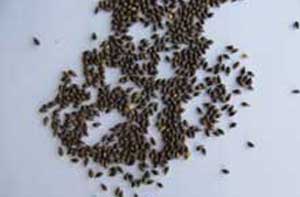 Oryzopsis hymenoides (Indian ricegrass)
Oryzopsis hymenoides (Indian ricegrass)
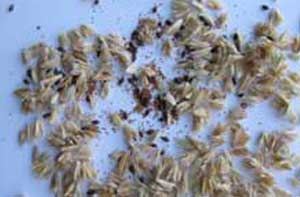 Seed Blend
Seed Blend
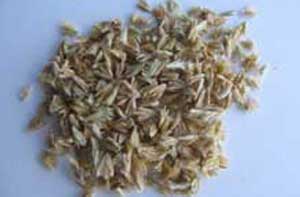 Hilaria jamesii (galleta viva)
Hilaria jamesii (galleta viva)
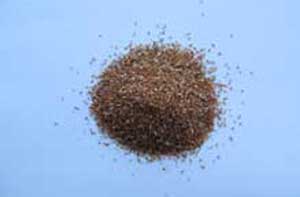 Sporobolus cryptandrus (sand dropseed)
Sporobolus cryptandrus (sand dropseed)
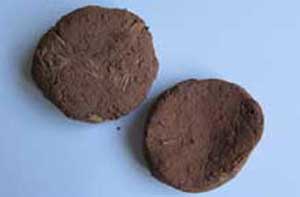 Seed Cakes
Seed Cakes